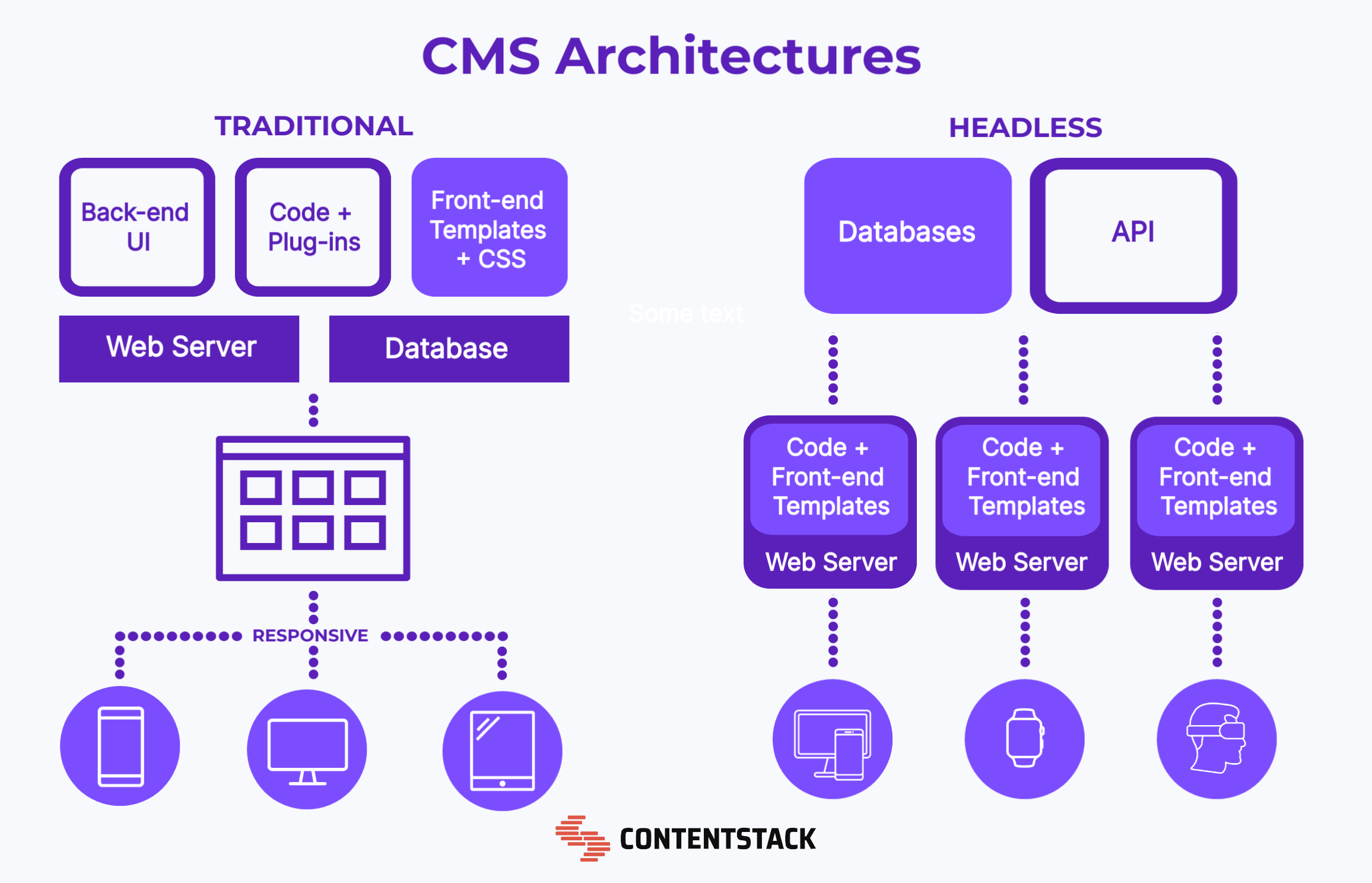Why a composable CMS is right for you

The average digital user spends 54 seconds on a page. That may seem like a short amount of time to formulate an opinion about your site, but from the user’s perspective, it’s practically an eternity. According to the Stanford Persuasive Technology Lab, 75% of consumers decide whether a company is credible based solely on their experience with the company’s site. And research from Google found that 1 in 4 visitors will abandon a site if it takes longer than 4 seconds to load.
Your site has a very small window of opportunity to make a good impression. A composable content management system (CMS) can help your organization meet the needs and expectations of today’s consumers while remaining agile enough to adapt when those needs change. (And they will.)
Here’s how.
What is a composable content management system?
Content management systems are traditionally built using monolithic or “legacy” architecture. With the monolithic model, entire applications are designed as a single unit: a monolithic CMS provides a suite of functions, all handled by a single codebase.
This model worked well when the digital experience only had to be delivered on desktop browsers, but that changed 15 years ago with the release of the first iPhone. Monolithic was slow to adapt to mobile internet usage; since then, a slew of new channels has popped up, from smartwatches and gaming consoles to devices like Google Home and Alexa.
Today’s consumers demand a seamless omnichannel digital experience, and monolithic struggles to keep up: a legacy CMS can be upgraded to fit new channels, but those upgrades are reactive, not proactive. Monolithic is slow to adapt to existing channels, let alone anticipate new ones. In addition, the inherent complexity of legacy architecture makes for a lengthy publishing and launch process, which affects the time to market on any upgrades. That’s not just inconvenient — it’s a genuine risk to an enterprise’s long-term success. That’s why more organizations are moving to composable architecture.
How does a composable CMS work?

A composable CMS is built using a collection of smaller, more manageable pieces, instead of the single large and complex unit found in monolithic solutions. With a composable CMS, organizations choose the individual systems and services that best suit their needs and allow them to build a custom digital experience. These pieces are tied together using an Application Programming Interface (API) that acts as a middleman for these smaller pieces to communicate and transfer information in a more efficient way.
What are the benefits of a composable CMS?
The modular approach of composable architecture offers a variety of benefits for both businesses and consumers.
Innovation forward
Because monolithic is so large and complex, most of the development time and resources are spent on upgrading the CMS just to keep up. Unfortunately, that leaves less time for developers to take a more forward-thinking approach. The rapid development time of updates and upgrades to a composable CMS means your team has more time to focus on innovation.
Agility
With monolithic architecture, even minor front-end changes can require significant updates to back-end code, and that means developer involvement — even for something as simple as updating site fonts or a carousel. With a composable CMS, the front-end and back-end code are decoupled, so front-end changes (i.e., changes to the presentation and delivery of the site to users) can be made without having to update the back end. This flexibility is crucial in the age of digital disruption, when organizations that are unable to adapt to new channels and behaviors can get left behind.
Composable CMSs allow you to swap out modular components on the fly. This cuts down on development time and allows organizations to experiment with changes to a site or application before fully committing to them.
Scalability
A growing user base for your site or application is a good thing, but if you want to maintain that growth, you have to scale. Both monolithic and composable CMSes can scale horizontally by adding more instances of a high-demand function or feature. But in a monolithic CMS, everything is interconnected: if you need to run five instances of a specific feature of your site or app to meet demand, you have to run five instances of the entire application — even if you could meet demand for all the other features with just a single instance. Therefore, ensuring the performance of that one function could mean having to pay for five times more server or cloud storage than you really need.
Composable lets you scale individual functions according to demand. It’s a more efficient and budget-friendly way to consistently deliver the digital experience users expect from your business.
Enhanced capabilities
Every monolithic CMS has its own unique pros and cons: Adobe Experience can handle a lot of site content, but it’s expensive and requires significant IT support throughout its lifespan. Sitecore can be scaled easily and is more secure than most other CMSes, but skilled developers are hard to find and transitioning to Sitecore is a lengthy and expensive process.
With a monolithic CMS, the digital experience is limited by what that particular CMS does well. Composable lets you choose the best applications for each function and build a limitless CMS experience.
Reduced talent costs
To maintain and upgrade a monolithic CMS, you’ll need developers and engineers who are experts in that specific CMS’ proprietary framework. Those specialized skills mean organizations have to pay more to attract and retain talent. In addition, it’s difficult to learn these complex and highly specific systems on the job, so organizations usually have to hire more top-dollar talent every time a member of the team leaves the company.
With composable, organizations can access a much larger talent pool, making it easier to find the right people to handle each individual function — for the right price.
Improved user experience
A composable CMS can make a major difference in the user experience. A monolithic CMS can usually only be customized via plug-ins, which negatively impact site loading and speed. This can affect your bottom line: recent research from Portent found that an e-commerce site with a one-second load time had a conversion rate 2.5x higher than a site with a five-second load time. Composable allows for as much (if not more) customization, but without sacrificing speed.
Learn more
Learn more about composable architecture in our guide, “What is composable architecture?”
Schedule a free demo to see how Contentstack’s content experience platform can deliver the benefits of composable to your organization.
Share on